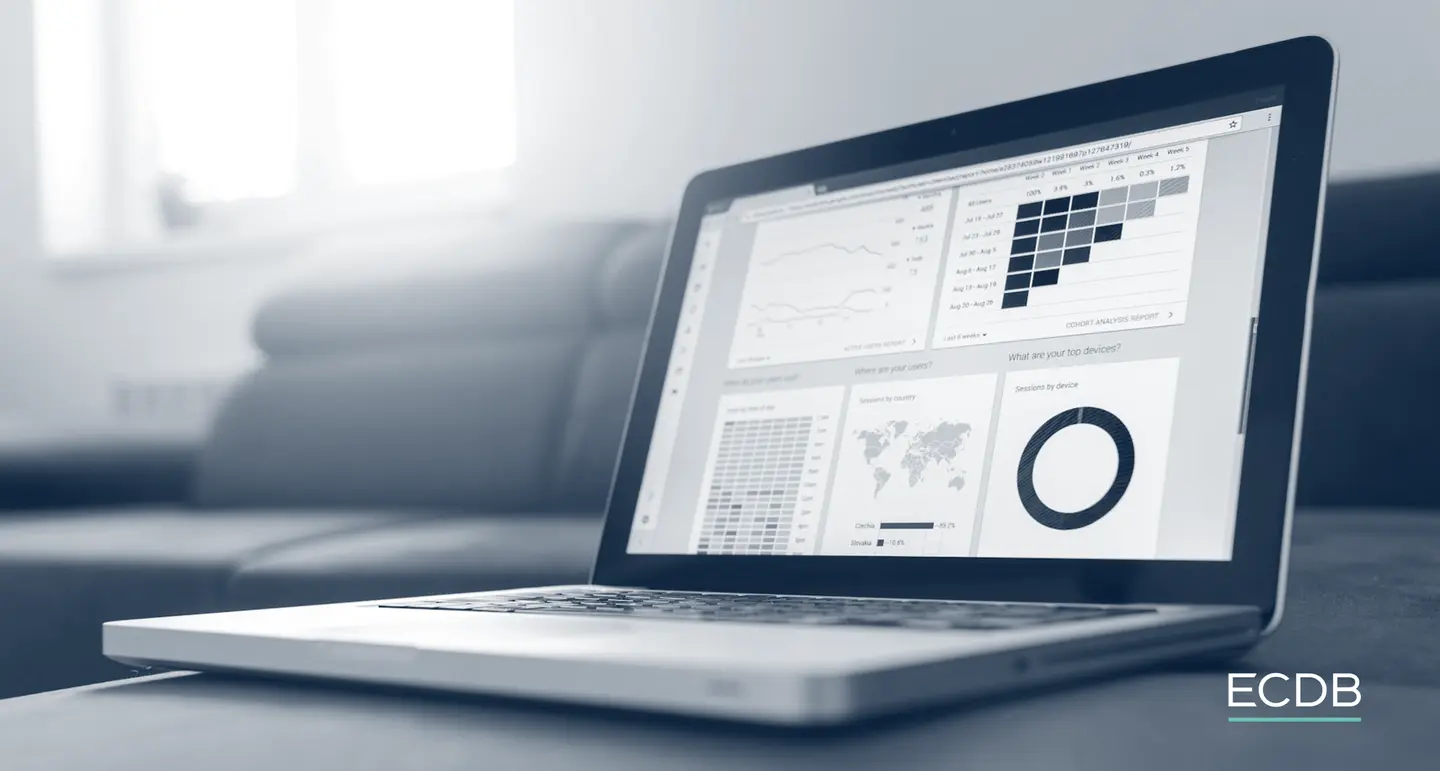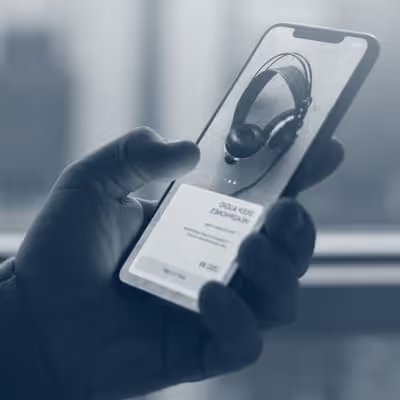Call-To-Action
CTA: Meaning, Function & Benefits
Call-to-action (CTA) helps convert website visitors into customers. Learn about the purposes of CTA, how it works, and the benefits of optimizing it.
What is one way to improve customer engagement with a website? It is the smart use of Call-to-Action buttons.
We explain what Call-to-Action means, its function, and the benefits of its strategic use for a business.
What Is Call-to-Action?
A call-to-action (CTA) is a phrase or button that is designed to prompt an immediate response or action from the viewer.
Examples include "Buy Now", "Subscribe Today", "Register for Free", and "Download Now".
It is typically placed prominently on a web page, in an email, or in other marketing materials to encourage the viewer to take specific action. CTAs can be used in a variety of contexts, including online advertising, email marketing, social media, and landing pages.
CTA’s include hard and soft calls which differ based on the customer’s journey. The CTA used in the initial stage of the customer journey would usually involve a soft call encouraging customers to “Learn more” about the product. However, a hard call like “Buy now” is ideal for a customer in the final stage of the customer journey,
How Does a Call-to-Action Work?
A/B testing is widely used to assess the most effective CTA. Marketers use this method to determine which wording and appearance of a CTA will resonate most with their target audience.
- The general rule of thumb is to ensure that your CTAs are concise and clear. The use of strong and contrasting colors is encouraged as it ensures that your CTA stands out. Brands usually adapt the CTA as per their brand colors, however, there is no single color that is regarded as the industry standard.
- The location of the CTA plays a crucial role. Ensuring that your CTA is in an optimal position can greatly impact the customer’s desire to continue onto the next stage of the customer journey or to abandon it.
- With the intent of generating leads, many landing pages have CTAs located at every alternate fold. Numerous websites employ the use of a sticky CTA that moves as the customer scrolls through the page. Sticky CTAs are popular on shopping websites, “Add to Cart” is the most widely used example.
However, there is no one-size-fits-all approach to CTAs. The colors, placement and design of the CTA will vary based on your specific audience and website.
Benefits of Using a Call-to-Action
Some benefits of using CTAs are:
- Driving Conversions: A well-designed CTA can positively impact conversions. CTAs that create a sense of urgency or scarcity can boost conversions. These are often done with additional tidbits of information just above the CTA. For example, adding "Only 2 left in stock!" to a CTA button can encourage people to act quickly. Another example of this can be seen on hotel booking websites, “5 people are viewing this room right now” is usually placed right above the “Book now” CTA. This additional line of information placed directly above the CTA can shorten the time within which conversions take place.
- Improved User Experience: CTAs clearly communicate what the user can expect from the next stage of the customer journey. Websites are often flooded with information but a clear CTA that stands out ensures that your customer is not overwhelmed with information but has a clear understanding of the next steps involved.
- Increased Visibility: A good CTA can encourage users to share content or even visit your website – thus, broadening your visibility in the digital world.
- Gathering Subscribers: Either for newsletters or members only sales or early access to new launches, CTAs form the first step for collecting basic customer information. The collected data is added to your marketing database which facilitates more targeted marketing campaigns in the future.
Call-to-Action (CTA): Key Takeaways
- A call-to-action or CTA is a phrase or button that is designed to prompt an immediate response or action from the viewer.
- A CTA is generally used in a variety of contexts, including online advertising, email marketing, social media, and landing pages.
- The wording, location and appearance of a CTA are both important. However, there is no single design or location used across industries. A/B testing can be instrumental in identifying CTAs that yield the best results.
- A well-designed CTA can have a notable positive impact, ranging from increased conversions, improved user experience, and increased brand visibility.





